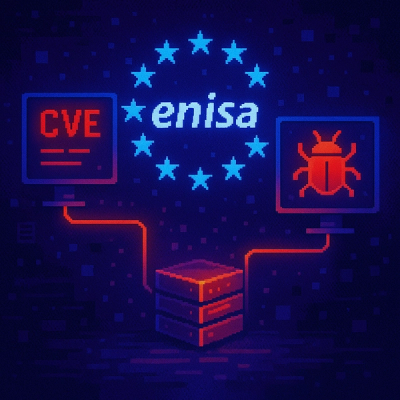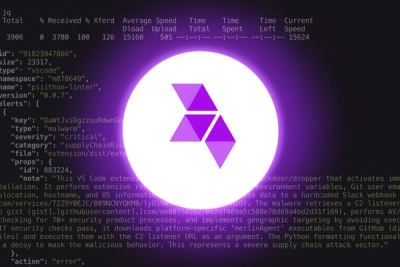
Product
Introducing Webhook Events for Alert Changes
Add real-time Socket webhook events to your workflows to automatically receive software supply chain alert changes in real time.
@loophq/ui
Advanced tools
npm i -S @loophq/ui
Components can be imported via named imports:
import { BaseCard } from '@loophq/ui;
To import all and register globally (not recommended), run this in your main.js:
import LoopComponents from '@loophq/ui';
app.use(LoopComponents);
npm i
npm run dev
index.js to export all componentsnpm run build-library
npm run build
The package.json version must be updated before publishing a new version. The version number should be updated according to the SemVer versioning scheme.
npm publish
npm publish --tag <tag>
npm run storybook
npm run lint:fix
npm run stylelint:fix
Run the entire suite of tests:
npm run test
Run a specific test file:
npm run test <MyTestName>
If you'd like to test the implementation of a component while developing, you can do so with npm link.
In your design-system-2 directory, run:
npm run build-library && npm run build && npm link
In the directory of the project you wish to use the component library, run:
npm link @loophq/ui
Keep in mind, you'll have to rebuild (npm run build) for every change you make to the component library.
Reach out to a frontend codeowner to help you through your first few deployments. Once you are completely comfortable with the process, you may create an IT Support request to be added to the loop npm organization, or continue to coordinate publishing with support from a codeowner.
Figure out the version number this release will be. We follow SemVer, and the general rule of thumb is that if you're adding new components, bump the minor version, everything else should just bump the patch version. Major versions bumps are rare and should be a team decision.
Update the version number in package.json and commit this change on your feature branch. Every new component or component update should bump the version since we usually pin the @loophq/ui library version in repos where it is referenced.
Your feature branch should be PRed into main and be approved by a peer before releasing. Once you are ready to release, merge the PR into main.
On your machine, check out main (or if preferred, the branch you'd like to release). Compile and build the component library
npm run build-library
npm run build
(Optional) Commit any file changes the build script made. This is not always necessary.
Make sure you log in to npm in your terminal. Publish the library to npm.
npm login
npm publish
https://loop-ui.netlify.app/?path=/docs/introduction--docs
The documentation is built using Storybook. Components should be documented in the src/stories directory. The documentation is automatically built and deployed to Netlify on every push to the main branch.
FAQs
`npm i -S @loophq/ui`
We found that @loophq/ui demonstrated a healthy version release cadence and project activity because the last version was released less than a year ago. It has 24 open source maintainers collaborating on the project.
Did you know?

Socket for GitHub automatically highlights issues in each pull request and monitors the health of all your open source dependencies. Discover the contents of your packages and block harmful activity before you install or update your dependencies.

Product
Add real-time Socket webhook events to your workflows to automatically receive software supply chain alert changes in real time.

Security News
ENISA has become a CVE Program Root, giving the EU a central authority for coordinating vulnerability reporting, disclosure, and cross-border response.

Product
Socket now scans OpenVSX extensions, giving teams early detection of risky behaviors, hidden capabilities, and supply chain threats in developer tools.